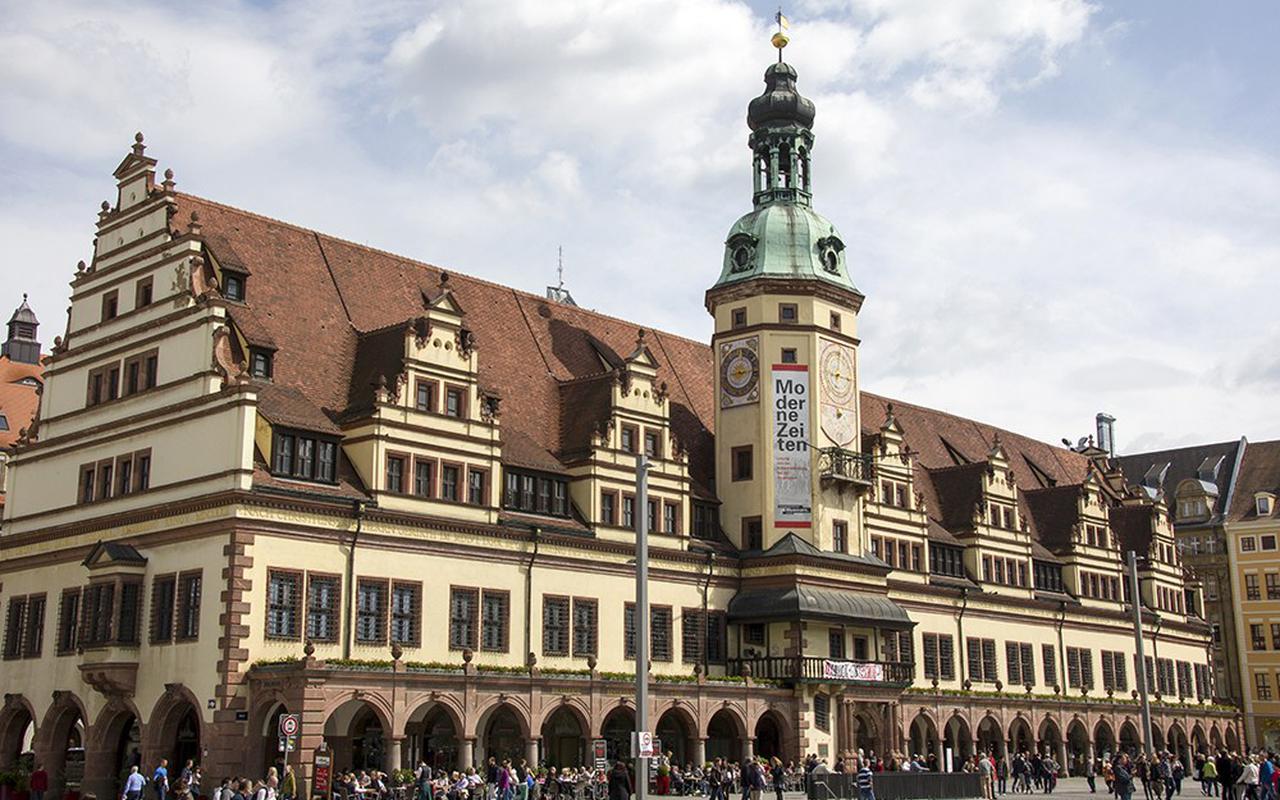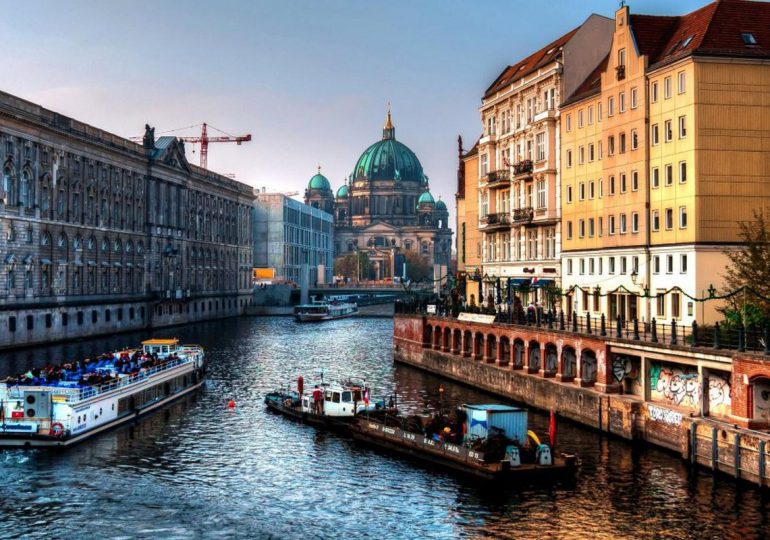Leipzig is the best European city for investments
The British research organization “Academy of Urbanism” has published the final rating of the “Best European City of 2019”. Last year, the first line took Berlin. Now Germany has remained at the leading positions, but another German city, Leipzig, has pressed the capital. Experts believe that this is the best place for long-term investments. Moreover, the head of the “Academy of Urbanism” David Rudlin called Leipzig “a dream of urban planners,” which indicates a huge potential for investment in construction.
Why did Leipzig become the best European city for investment?
After the fall of the Berlin Wall and the reunification of the GDR with the Federal Republic of Germany, Saxony was in a terrible state. However, since 2000, the federal state has been developing steadily, and with it the main city. In particular, over the past 19 years, the number of residents of Leipzig has increased by 100,000, and now in the village live 580000 persons. Opened hundreds of new companies, the unemployment rate is low even by German standards.

Real estate in the city has been more expensive for 10 years in a row. Since 2008, the cost of residential and commercial facilities has increased by 75%. Nevertheless, at the same time it remains quite low. In particular, 1 m2 in Leipzig will cost an average of 1900 euros. In Munich, 1 m2 costs about 7,000 euros. 10 years ago in Saxony, it was possible to purchase real estate even at 500 euros per square.
Experts in Germany believe that now is a good time to purchase real estate in Leipzig. The city is developing rapidly, lending rates are low, and residents’ incomes are growing steadily. Moreover, in the federal state there is a program of subsidizing residential properties for young families with children, which will help to save even more.
However, why Leipzig began to grow rapidly? The 20th century has become very difficult for Saxony. In the postwar period, most of the population sought move to Germany. In 2000, the city was empty 20% of real estate. It was then that information about low prices for apartments and buildings, as well as about the low cost of products and other necessary things, began to spread. After that, the new residents massively pulled into Leipzig. In addition, the city attracted the attention of large auto giants, such as BMW and Porsche, which solved the problem of jobs for migrants.

In Germany, Leipzig is considered the best alternative to Berlin. Living in the capital is very expensive; the price of 1 m2 of housing is huge. Even rent cannot pull all. Therefore, people move to Saxony. Moreover, the region attracts the most diverse segments of the population, from pensioners, who have profitably sold their housing in the capital, and want to meet the old age of the well-to-do, to students and young people. Now Leipzig gradually becomes more expensive, but this indicates its development and interest in it from the population and employers.
If at the beginning of the XXI century in Saxony there was a huge number of uninhabited apartments, now people have to fight for their square meters. In connection with increased demand, the value of real estate began to grow gradually upwards. However, it is still available to investors. On average, investors receive rental income in the amount 4-5% per annum, which is very good compared to Berlin or Munich. The limit of dreams for these cities is 2-3% per annum.









